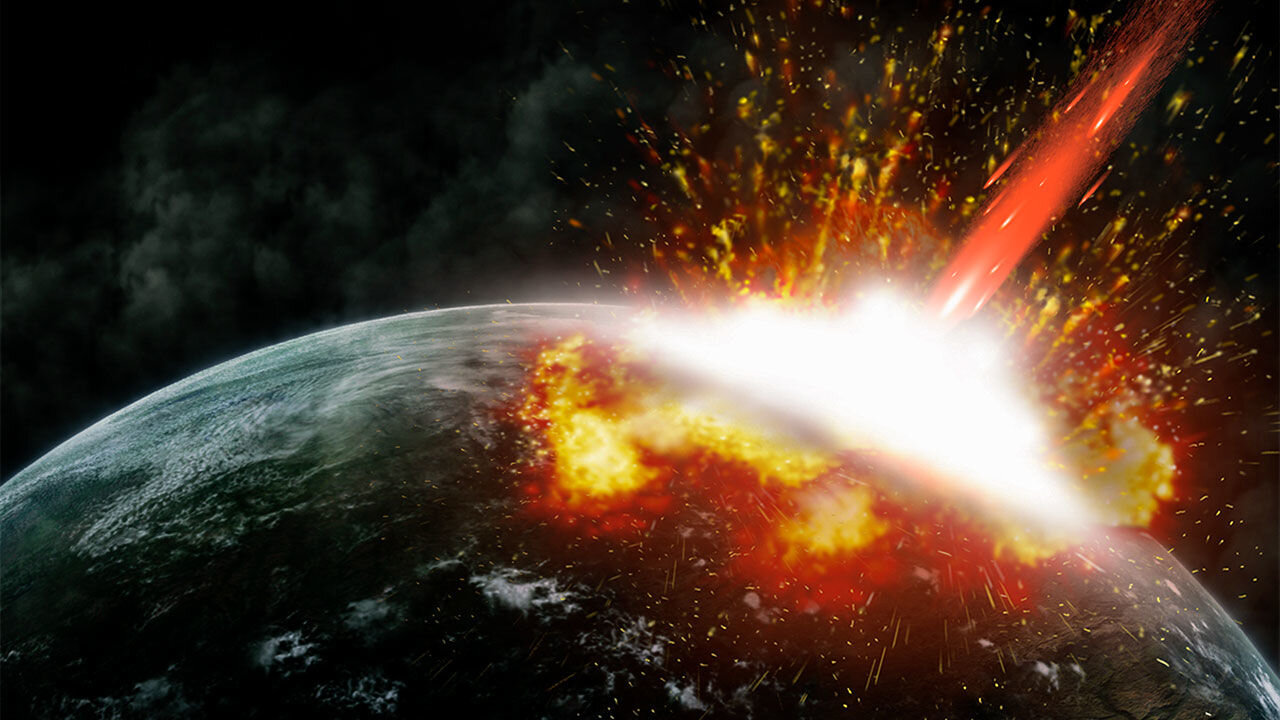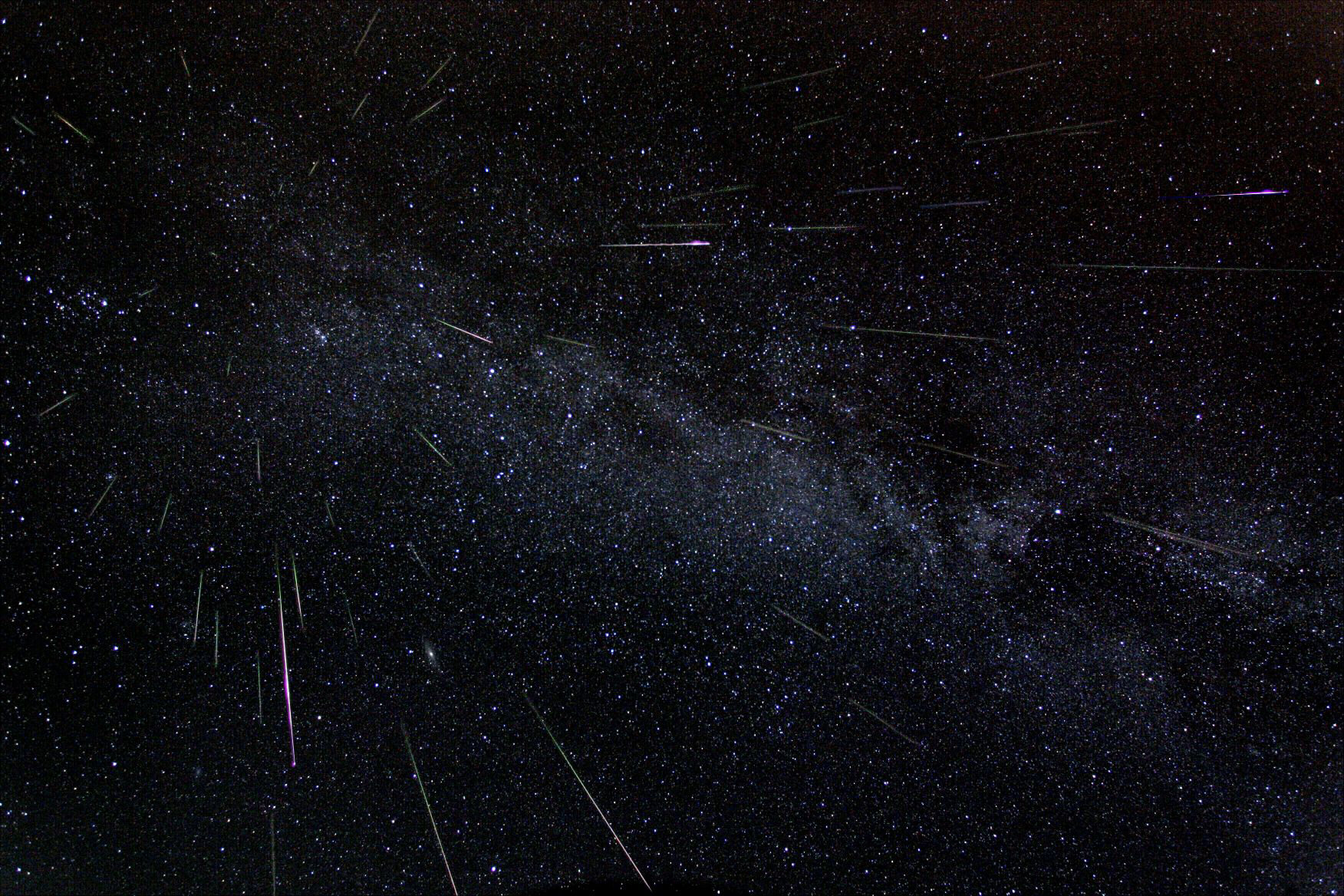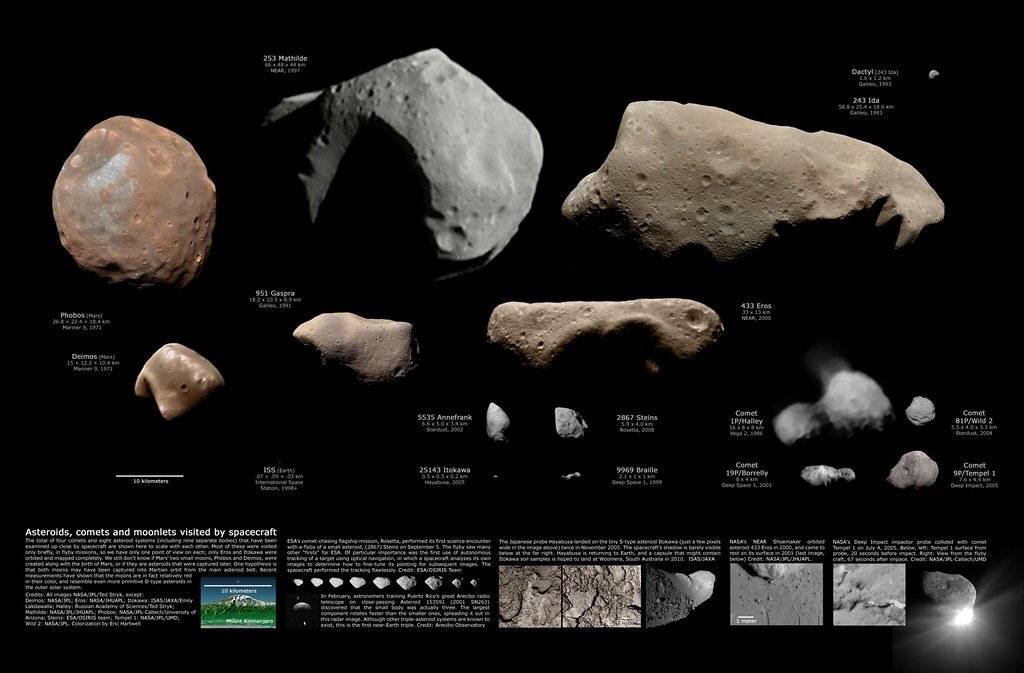Asteroid Impact
Did you know that every day, more than 100 tons of space debris hit the Earth? Fortunately, almost all of this is made up of very small particles or dust, and much of it burns up as it enters our atmosphere. Occasionally, somewhat larger chunks of rock fall to the ground—rocks the size of a grapefruit, for example—but because most of the planet's surface area is covered by oceans and thinly populated land, we don't even notice most of these.
There are a handful of scientists who study these flying rocks and some are researching how to prevent similar events like the giant asteroid that wiped out the dinosaurs. Want to join the team and use your observation and math skills to measure the impacts of asteroids?
Tools:
Paper and Writing Utensil
Ruler
Bin of sand or dirt
Three meteors of choice (clay, play dough, rock, golf ball, etc.)
Watch what is an Asteroid and identify the difference among space rocks
Impact! Asteroids and the Science of Saving the World (optional read)
Steps:
Step 1: First, investigate what are space rocks by watching videos above or find articles to read. Can you answer: How are meteors made? How do scientists track these flying rocks? How do we measure their impact? Each of these answers will help complete this activity.
Step 2: With your newfound knowledge of what space rocks are made of, select three household items to be your meteors. For reference, a meteor is a small piece of an asteroid that burns up upon entering Earth’s atmosphere, creating a streak of light in the sky, so we are mimicking a meteor impact.
Step 3: Scientists measure the impact of a meteor with depth and circumference, so at the top of your paper write your predictions to describe what you think will happen to your three different meteors. Which meteor do you think will make the largest impact and why? Which will make the deepest impact and why?
Step 4: Select any of the three meteors and begin to drop each into the bin of sand or dirt. Remember to drop the rocks from the exact same height, so it might be helpful to record the drop height.
Step 5: After each drop, record the impacts including, the crater’s diameter and depth, and any other observations you saw. Continue to drop each meteor for at least three times and record their impacts.
Step 6: Review your results: Were your predictions correct? Which meteor made the biggest impact and why? How does your rock compare to a real asteroid?
To Do or Learn More:
Bake your own delicious crater cake!
Create your own model asteroid!
Join a meteorite hunt, with this AAAS/Subaru Book Prize winner, Impact! Head to the edge of an impact crater to survey past damage, a geology lab to examine space rocks, and to an observatory where telescopes probe the vastness of space, searching for asteroids on a collision course with Earth.
Observe the beauty of space rocks with the American Meteor Society’s Meteor Shower Calendar or with NASA’s Asteroid and Comet Watch.
The Largest Asteroid Impact on Earth in a Century—A EurekAlert! Science Reporting for Kids story about the February 15, 2013 asteroid that exploded over Russia.
Watch the Spacetime Science Show, “The Asteroids – Threat from Cosmos” to understand the threat of giant asteroids, or watch “War on Asteroids” to understand the cutting-edge technology that could stop an asteroid apocalypse to keep our Earth safe.


